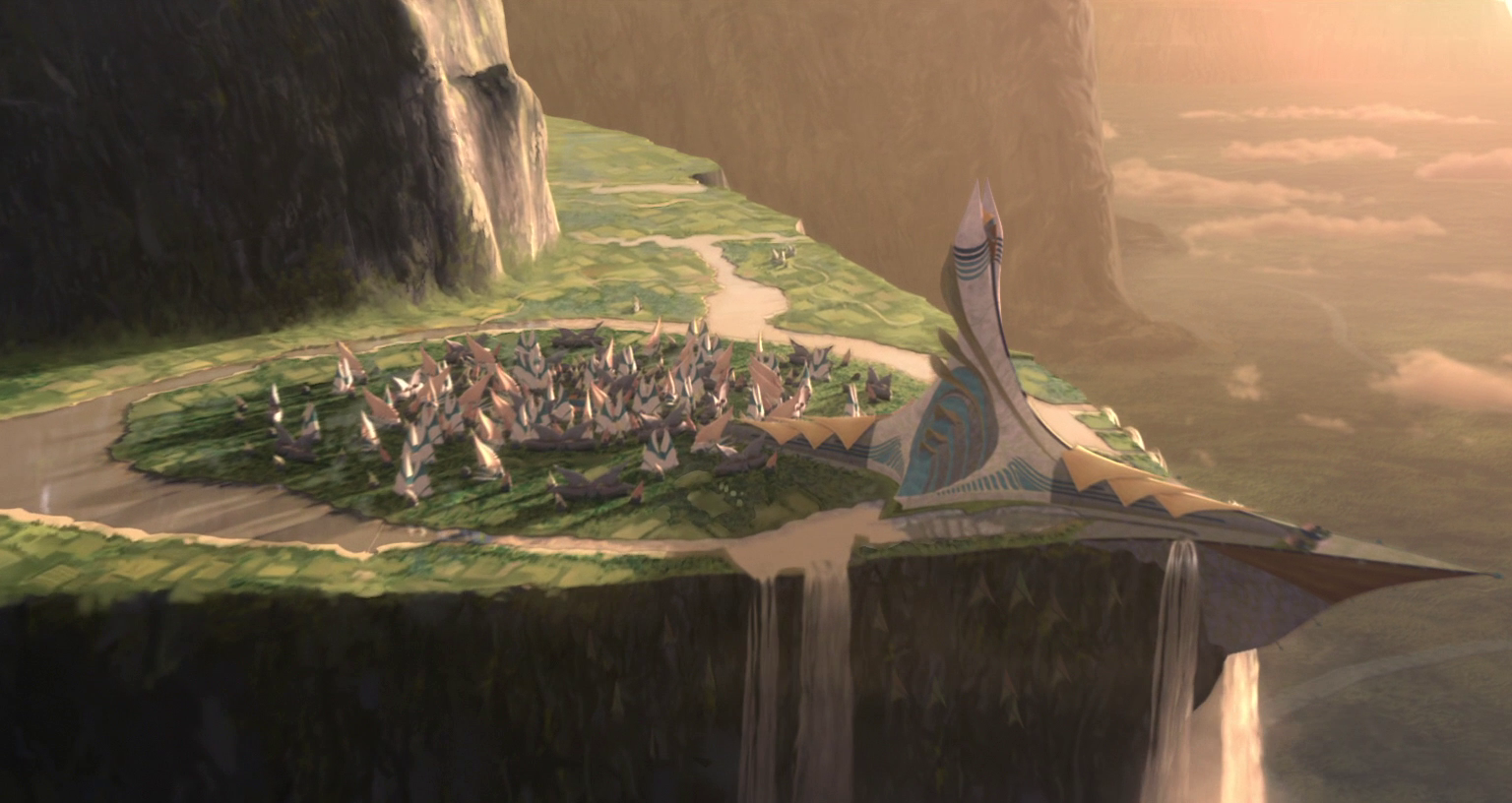Star Wars Planetary Forces
As an example, a planet in a binary star system orbiting the larger star would be drawn closer to its gravitational field, causing the planet to endure heat of great temperatures during this period. As the planet passes its larger star and reaches the orbit of its smaller star, the gravitational field of that star would give the planet more distance from it. Planet Force pays top dollar Buying Selling Star Wars Toys Figures Collections We Buy & Sell Star Wars Toys Figures. Buy Sell Old Toys Buying Selling GI Joe Star Wars He-Man MOTU Transformers M.A.S.K. Super Powers Heroes and much more! Star Wars: The Force Awakens (also known as Star Wars: Episode VII – The Force Awakens) is a 2015 American epic space opera film produced, co-written and directed by J. It is the first installment in the Star Wars sequel trilogy, following the story of Return of the Jedi (1983), and is the seventh episode of the nine-part.
In 'Star Wars: The Force Awakens,' an evil military junta called the First Order has risen from the ruins of the Galactic Empire, and is waging war against with a particularly frightening new weapon. Starkiller Base, as it's called, is an icy planet that's essentially been converted into a giant ray gun, capable of obliterating an entire distant solar system with a single shot.

The bad guys upped their game considerably since the first 'Star Wars' movie, in which the Empire's ultimate weapon was the Death Star, a moon-sized space station with the ability to destroy a planet.
As the official Star Wars website explains, Starkiller somehow harvests energy from the star it orbits, and then contains it within magnetic fields inside the base's planetary core. That energy is then harnessed and converted into an 'ultra-powerful beam' that can blast through hyperspace — apparently a so-called wormhole in the time-space continuum in which incredible distances can be covered at speeds faster than light.

When the beam comes out at the other end of hyperspace, those in its path are doomed. The Starkiller's beam is 'able to sterilize the worlds of a distant star system with a single shot,' we're told.
Advertisement
Advertisement
The Nitty-Gritty Starkiller Mechanics
As often happens in science fiction, the details of how Starkiller would actually work are left to the audience's imagination. And if you've suspended disbelief and immersed yourself in the 'Star Wars' fictional universe, the idea of a weapon so immensely powerful probably doesn't seem any harder to buy than lightsabers, talking robots with human-like personalities, and The Force itself. In the actual universe that we live in, though, is a solar system-killing weapon even remotely conceivable? And if so, how would someone build it?
Star Wars Planetary Forces Game
University of Glasgow professor Martin A. Hendry, head of the university's School of Physics and Astronomy and an occasional lecturer on the physics of 'Star Wars,' says that that though the Starkiller is fantasy, it has at least a little reality mixed in.
'The Sun's magnetic field is very important in funneling hot plasma, an ionized gas, close to its surface,' says Hendry in an email. 'We see these huge ribbons of hot gas as prominences, and they can be the cause of violent eruptions known as solar flares that send large amounts of hot gas across the solar system — producing displays of northern lights when the plasma hits our atmosphere.'
A really powerful flare, he says, could create an electromagnetic pulse with extremely destructive effects. 'It basically would send our technology back to the Stone Age,' says Hendry, but it wouldn't be enough to wipe out the planet, the way that Starkiller supposedly can.
Hendry says the idea of using magnetic fields to contain and direct beams of plasma — which is pretty close to what Starkiller supposedly does — is based on perfectly sound physics.
'Where it jumps the shark is the way that the plasma is being directed from the star to the planet with the Starkiller base through apparently empty space,' he says. 'How does the Starkiller base generate a sufficiently intense magnetic field to re-direct so much of the star's plasma towards it? I thought the effects during that sequence looked great, but the physics wasn't very sound I'm afraid.'
While the idea of stealing energy from a star to power a weapon seems like the way to go, 'it's just not clear how you do it,' says Hendry.
Advertisement
Advertisement
Actual Star Death
When stars are wiped out in the real universe, they often do it to themselves, by blowing up into supernovas when they run out of fuel. Another way that a star can be destroyed is if it collides with a black hole, whose intense gravity creates forces that literally can tear a star apart if it comes too close, according to an article on NASA's website.
When that happens, the event is called a tidal disruption, and most of the resulting debris is sucked toward the black hole by its gravitational force. As that happens, the debris is heated to millions of degrees in temperature, and generates an enormous amount of X-ray radiation until the debris falls beyond the black hole's event horizon, a point from which no light can escape.
Astronomers actually have used NASA's Chandra X-Ray Observatory, the European Space Agency's XMM-Newton and the Swift Gamma Ray Burst Explorer in concert to observe a black hole's destruction of a star, in an event called ASASSN-14li, which was first discovered in November 2014. The real-life star killer is a black hole located in the center of PGC 043234, a galaxy about 290 million light years from Earth, which is estimated to weigh several million times the mass of our Sun. Here's a video animation illustrating what it looked like.
Pretty cool, huh?
Planet Force - Buying & Selling Toys Buy Sell Star Wars GI ...
But in order to use a black hole as a star-killing weapon, you'd need to be able to build and control one. Back in 1989, a British scientist, Martyn J. Fogg, published a paper in which he suggested somehow placing a manmade black hole on Jupiter, and then using it to generate enough energy to warm the temperatures on the giant planet's moon Europa to Earthlike levels.


Advertisement
Advertisement

Can We Actually Kill a Star?
That's something that, if possible, is way, way beyond anything that engineers can do today. In 2010, though, Chinese researchers did get some attention by building a device called an omnidirectional electromagnetic absorber that they likened to a 'mini black hole,' in that it could absorb microwave radiation in the manner that an astrophysical black hole could swallow up a star and its energy.
As you might imagine, they'd have to scale up that man-made version of a black hole quite a bit to have a weapon as potent as Starkiller. Until they do, we'll just have to rely upon George Lucas' special effects for stellar annihilation.
